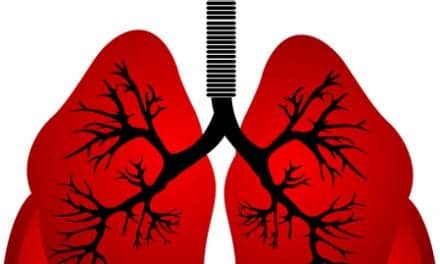04/16/07
While working to find novel ways to treat the life-threatening disease of cystic fibrosis (CF), researchers at the University of North Carolina have discovered that the rhythmic motion of the lungs during normal breathing is a critical regulator of the clearance of bacteria and other noxious materials. Their research, funded by the Cystic Fibrosis Foundation and the National Institutes of Health, is published in the April 2007 issue of The Journal of Physiology.
The investigators’ findings have important implications in the understanding and treatment of CF, the most common fatal genetic disease in the United States. Researchers at the University of North Carolina’s Cystic Fibrosis Research and Treatment Center found that the rhythmic motion of the lung during normal breathing is important in establishing the rate of mucus clearance and can help the lung in responding to changes in lung environment, such as during a lung infection.
More important, in CF, they found that rhythmic motion of the lung can result in re-hydration of the airways and acceleration of mucus clearance, thus promoting lung health in CF patients. The researchers speculate that this may explain the preservation of mucus clearance in young CF patients prior to the onset of chronic infections.
The UNC researchers also suggest that these studies provide an understanding of the mechanism underlying the observed beneficial effects of physical and deep-breathing exercise in CF patients.








